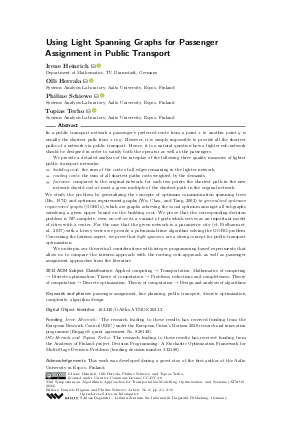OASIcs.ATMOS.2023.2.pdf
- Filesize: 3.32 MB
- 16 pages

 Creative Commons Attribution 4.0 International license
Creative Commons Attribution 4.0 International license









Feedback for Dagstuhl Publishing